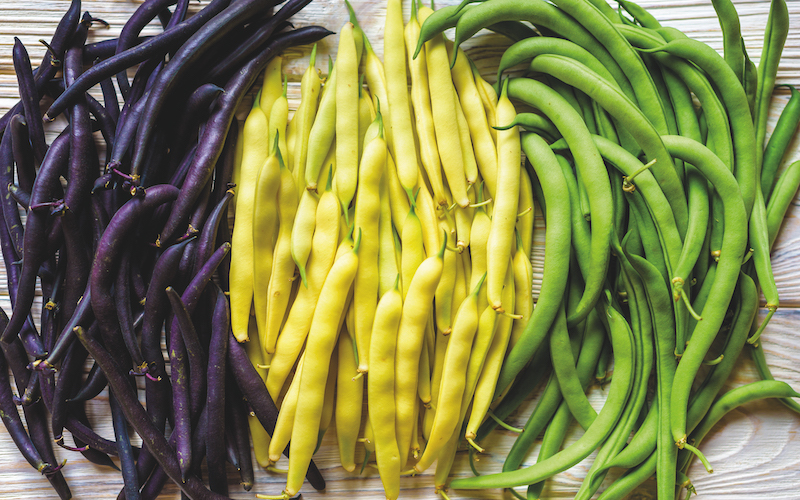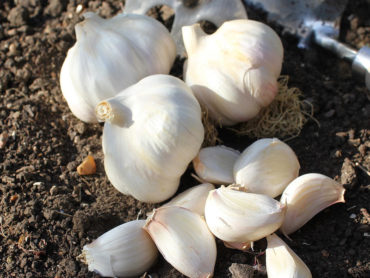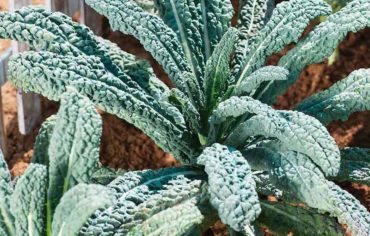Nothing beats the satisfaction of sitting down to a delicious meal prepared from ingredients you’ve grown from seed. And growing your own vegetables is a cost-effective way to feed your family.
To help you get the bumper crops you deserve, we’ve found some of the best articles, videos and Instagram posts on sowing and growing your own vegetable seeds. Whether you’re a complete beginner or an experienced grower, there are interesting tips for every type of gardener here.
This article was reviewed by the Suttons horticultural team and updated on 30 January 2024.
Contents
- Best reasons to grow vegetables from seed
- Best advice on germinating vegetable seeds
- Best advice on direct sowing vegetable seeds
- Best advice on growing on and planting out veg seedlings
- Best vegetables to grow from seed
Best reasons to grow vegetables from seed
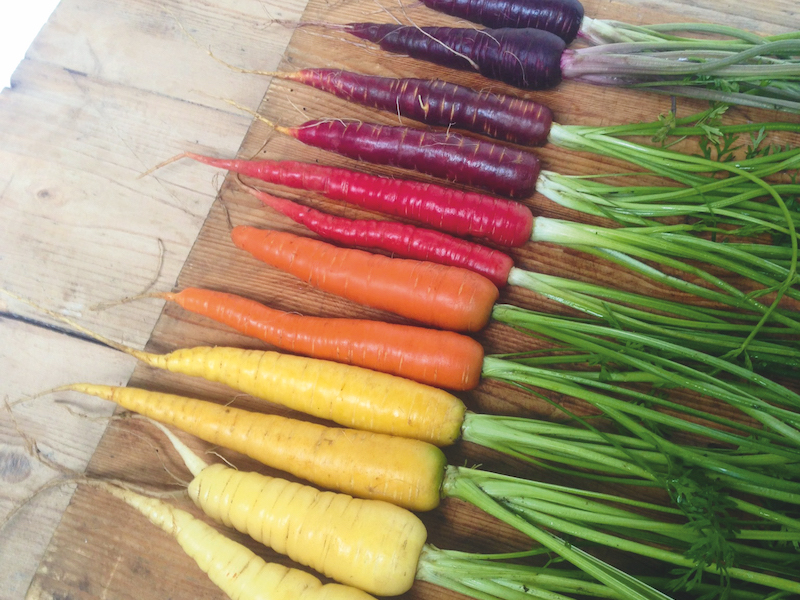
Image: Carrot (Organic) Seeds ‘Rainbow Mix’ from Suttons
While supermarkets do offer a good range of fresh produce, if it’s taste and variety you’re looking for, growing from seed is where you’ll discover the true wonder of veg. Craig, from @craig_grows_veg, says: “One of the best things about growing your own has got to be the seemingly infinite variety of produce available from seeds.” Just look at his incredible carrots! You couldn’t get these colourful beauties from any regular store!
Anyone raising a family knows the importance of household budgeting, and growing from seed really is an excellent way to save on food bills. To help get you started, Eli at the popular gardening YouTube channel, In the Garden with Eli and Kate, explains how she goes about planning out her veg garden. This video is a great introduction to succession planting – planting little and often to ensure regular, manageable harvests all summer long.
As well as planning your sowing, you need a system for keeping your seeds organised. Over at @helenlikesplants, this gardening enthusiast shares her clever lever arch folder seed-organisation system. Don’t want to forget something important? Helen’s folder has a cover page reminding her what to sow each month, and then alphabetical dividers to file all her seed packets.
If you’re new to veg growing, you might imagine that sowing seeds is something you do in the springtime. In fact, sowing goes on right through the year from January to December. Surprised? Check out our monthly sowing schedules here on the Suttons website for some surprising sowings – like aubergines – which you should start off in February.
Best advice on germinating vegetable seeds
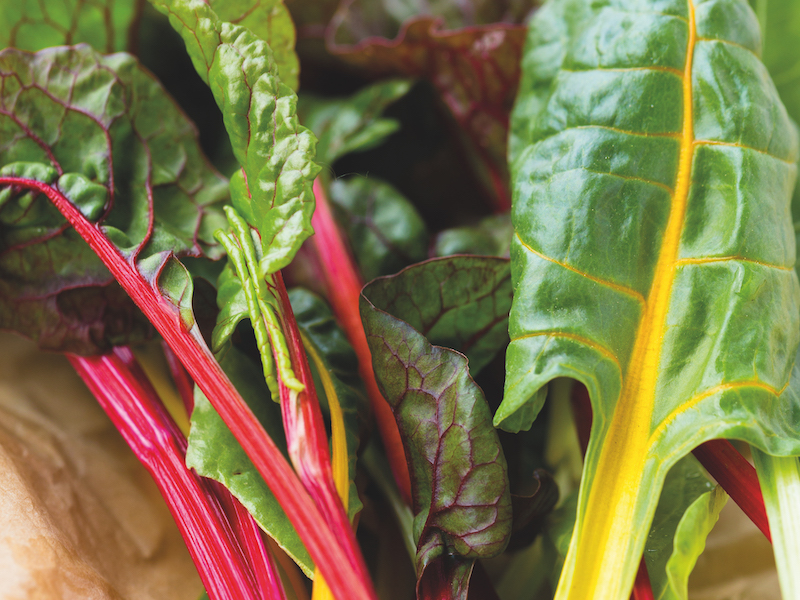
Image: Beet (Leaf) Seeds ‘Bright Lights’ from Suttons
Getting your seeds to germinate begins with clean pots and trays, says Lee Burkhill, aka Garden Ninja: “If you wouldn’t eat off it then give it a clean is a good rule of thumb!” Once that’s done Lee says: “As much as it is possible to grow seedlings in that 3-year-old half-empty dried out bag of compost behind your shed, I would urge you to think twice. If you’re taking the time to sow, nurture and then pot on your seeds, the right seed mix is the essential first step.”
Some seeds are happy to be scattered in space-saving trays, while others prefer to be sown in their own individual pots. How do you know the difference? Marie Shallcross from Plews Garden Design says that it depends on “whether your seedlings can tolerate being transplanted (moved) from seed tray to a pot as a seedling”.If they can cope with some root disturbance, then Marie recommends sowing in seed trays. If not, then you’ll need to sow the seeds in separate modules or pots. However, if the seeds are pea or bean family members (including sweet peas) then they need a long root run and do best in tall pots or deep trays.
To give them the greatest chance of success, many seeds are best sown in multiples rather than individually, says no-dig gardening supremo, Charles Dowding: “I observe how plants like being with their friends in clumps.” Do head over to this excellent article for information on how many seeds to clump-sow for each of the listed veg.
Best advice on direct sowing vegetable seeds
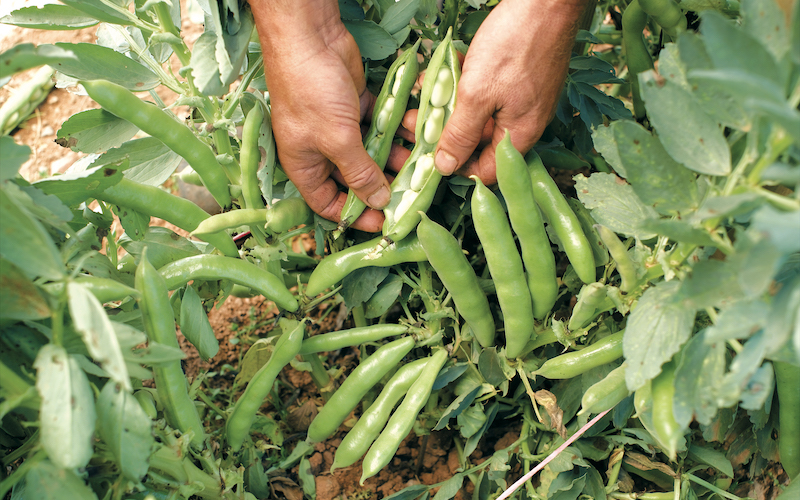
Image: Bean (Broad) Seeds ‘The Sutton’ from Suttons
If you like to plant the sort of seeds you can sow directly into their final positions without the need for seed trays and propagators, go for broad beans, says Emma Bailey from @emmasallotmentdiaries. “When in doubt, plant broad beans because they will pop up out of the soil and fill a bed with beautiful green plants in no time.”
There are several different methods for direct sowing seeds, explains the Suttons horticultural team in their beginner guide to sowing veg. “The ‘row’ method is where you sow into neat drills before covering. It’s useful with fine seeds like carrots and makes it easier to weed between your crops.” The ‘broadcast’ method is less regimented, and involves scattering the seed in blocks, rather than in a straight row. Crops like spinach, rocket, radishes and spring onions are particularly suited to scatter sowing.
When plant spacing is important, there’s a great trick to ensure you sow your seeds the correct distance apart. Over at the Grow Veg YouTube channel, Ben Vanheems explains what you need to do – you’ll need toilet paper, flour and water, plus an artist’s brush. Intrigued? Do watch the video to find out more about this and other brilliant hacks for seed sowing success.
As the soil warms during the late spring and early summer, the variety of seeds you can sow directly into the ground increases. Over at the popular Growing Family blog, Catherine provides a long list of the veg you can direct sow during June. One of her favourites is salad leaves which she enjoys because it’s so quick. “Some varieties can be ready for harvesting in as little as two to three weeks.”
Best advice on growing on and planting out veg seedlings
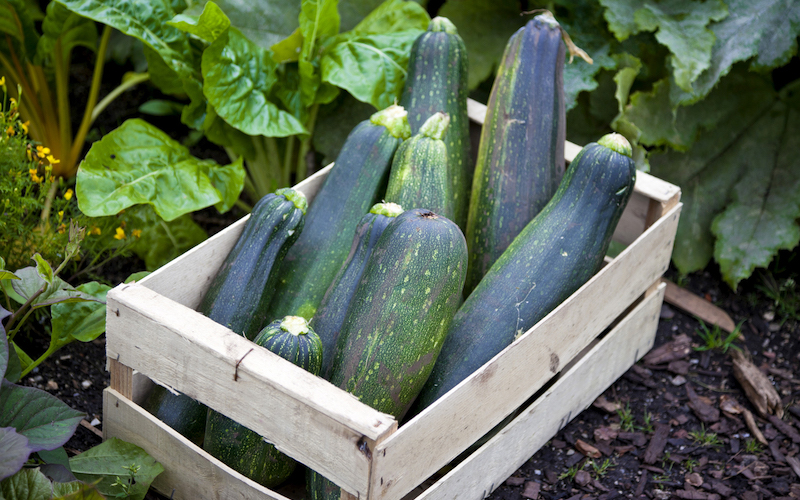
Image: Courgette (Organic) Seeds ‘Black Beauty’ from Suttons
If you’ve started your seeds off indoors, once they germinate you’ll need to prick out the seedlings and transplant them into larger pots, or move them to their final growing positions. Over at YouTube channel, Sow Much More, host Becky Searle demonstrates how to prick out seedlings, a task which she says can be a really lovely and mindful thing to do, provided you know how. Have a watch of her video before you get stuck in.
When it comes to planting your lovingly nurtured young plants into the garden, timing is everything. You’ll need to wait until the last frost date has passed and, if the weather is changeable like that experienced in Lincolnshire by @happy_horticultural, you’ll need to hold your horses. He uses a cold frame to ‘harden off’ his broad beans and peas until it’s time for them to go out. Don’t skip this part for indoor-raised seedlings, or the shock of going straight outside could kill your tender plants.
If we have a cold, wet spring, Alan Down from Down to Earth explains that you don’t necessarily have to delay your sowings. One way to beat the weather is to transplant your seedlings into modules to continue growing. He explains how to grow your crops on in this way, giving useful advice about which modules work best for which vegetables, and how ingenious root trainer cells work. This post is well worth a read.
Just in case, despite your best efforts, some of your veg seed sowings fail, you should always grow backups, says Steph from @stephs_allotment who found herself with unexpected extra space after lifting her garlic. “It’s good to have crops ready to replace others after harvesting or loss due to bolting, pests etc. As it turned out I had sown way more dfb [dwarf French beans] than I initially had space for so this worked out perfectly.”
Best vegetables to grow from seed
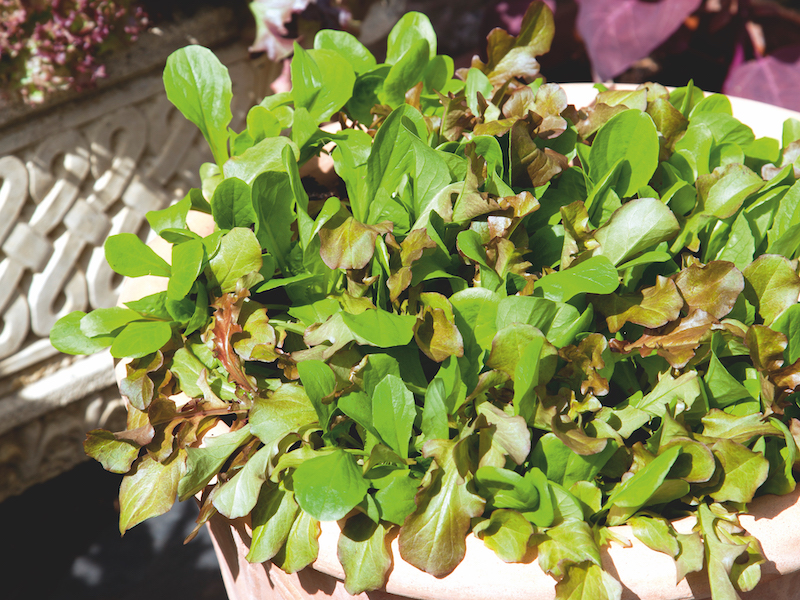
Image: Lettuce Seeds ‘Cos Lettuce Mix’ from Suttons
If you’re looking for great ideas for easy vegetables to grow from seed, Ann Marie Hendry from Grow Veg shares some easy options to get you started. She gives top billing to lettuces, radishes, and beetroot, particularly if you’ve left it a bit late and the soil is already nice and warm. She says, “cut-and-come-again (or leaf) lettuces are easiest, and you can enjoy several harvests from the same plant by just snipping off what you need each time.”
Over at the highly rated gardening blog, Lovely Greens, Tanya Anderson reveals her top picks. She recommends radishes which germinate easily and quickly grow to produce a peppery crunchy harvest. Then there’s the first early potatoes, lettuce, garlic, peas and more. Our favourite from her list is pumpkins which, aside from needing regular watering plus a fortnightly feed in summer, are easy to grow and great fun for kids.
Chives and radishes are just two of the crops that Katrina and Clayton grow in their genius milk carton containers over at @buildingafoodforest_scotland. Suspended from curtain rails on the fence, this mother and son team plan to sow chive seeds all around their food forest because “bees love them and they’re a great slug and pest deterrent.” Like the radishes, they taste good too! Follow them on Insta for lots more practical tips.
If you want to keep growing vegetables all through the winter, Abby from @abbysallotment recommends sowing plenty of leafy green chard seeds. Harvesting a few of the large leaves in mid-December, she says, “I know you can pretty much grow chard all year round, but for me, it really comes into its own at this time of year.” She uses it in the kitchen like spinach – and says it’s a welcome crop at a time when there’s not much else to choose from.
Another way to keep your veg patch working hard when most crops have finished is to direct sow broad bean seeds in October, says the Haydon family. Simply pop the seeds into the soil with a dibber, about 15cm apart, and they will quietly overwinter in the ground. By next June you’ll be eating your own tasty beans. Visit @homegrownwiththehaydons_, to see how this green-fingered family works towards self-sufficiency, one seed at a time.
Sowing vegetables from seed is a really satisfying and cost-effective way to grow your own food. We hope that, armed with this wealth of helpful advice from our favourite online experts, you’ll be ready to give it a go. If you’re up for trying something different, take a look at our new vegetable seeds here.
Lead image: Dwarf French Bean Seeds ‘Colour Mix’ from Suttons
See expert contributors here
- Craig, @craig_grows_veg, Gardening influencer.
- Eli and Kate, Gardening content creators, YouTubers, bloggers.
- Helen, @helenlikesplants, RHS level 2, member of National Veg Society, content creator.
- Lee Burkhill, RHS multi award winning garden designer & TV presenter.
- Marie Shallcross, Garden consultant and garden designer, gardening teacher, garden writer.
- Charles Dowding, No-dig gardening pioneer, horticulturalist, author.
- Emma Bailey, @emmasallotmentdiaries, Gardening YouTube content creator, influencer and gardening writer.
- Suttons Horticultural Team.
- Benedict Vanheems, BSc. (Hons) degree in horticulture, garden and wildlife YouTuber, writer and editor.
- Catherine Hughes, Freelance journalist and writer, author.
- Becky Searle, Ecologist, gardener and freelance garden writer.
- @happy_horticultural, Gardening influencer.
- Alan Down, Garden writer, blogger, radio & TV consultant. President of the Horticultural Trades Association.
- Steph Young, Gardening influencer and content creator, gardening writer.
- Ann Marie Hendry, Gardening writer, organic grower.
- Tanya Anderson, award winning author, teacher, and YouTube content creator.
- Katrina and Clayton, Gardening influencers and content creators, author, YouTubers.
- Abby, Gardening influencer, new allotment holder.
- The Haydons, @homegrownwiththehaydons_, Gardening influencers.
Last Updated on June 12, 2025 by Suttons Horticultural Team

